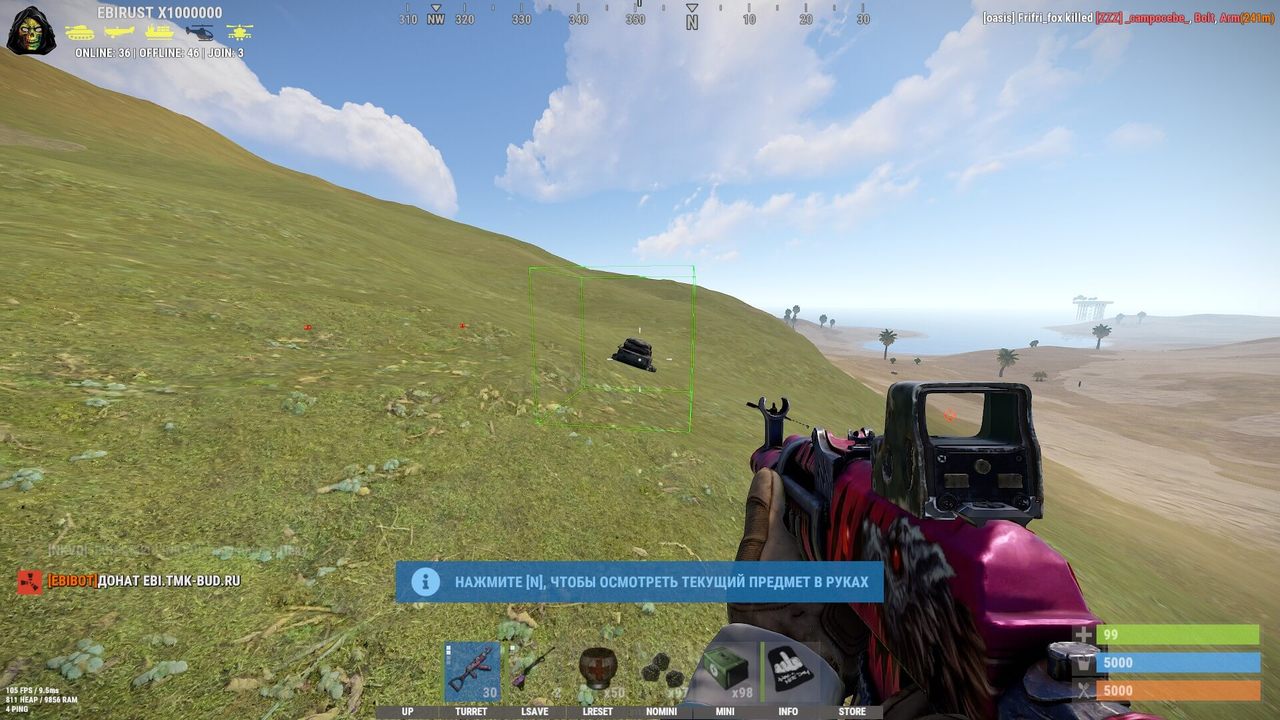In the realm of survival games, where the stakes are often life and death, the ability to make tactical decisions while also planning for the long term can be the difference between thriving and merely surviving. Survival games, whether set in a post-apocalyptic world, a wilderness environment, or a hostile alien planet, require players to navigate not just immediate threats but also the broader context of resource management, alliances, and environmental challenges. Understanding how to balance short-term tactics with long-term strategies can create a compelling gameplay experience that leads to success. Tactical decisions in survival games often revolve around immediate actions that address pressing challenges. This can include choosing when to engage in combat, how to allocate scarce resources, or deciding the best time to explore a new area. For instance, a player might find themselves cornered by a hostile faction, necessitating a quick assessment of available weapons and cover. Here, the choice to retreat or fight hinges on tactical thinking understanding the strengths and weaknesses of both oneself and the enemy.

The player must consider not just their current inventory but also their skill set, environmental factors, and the potential consequences of their actions. Tactical decisions must be made quickly, often under pressure, as the landscape of quantum rust cheats survival games is frequently dynamic and unforgiving. However, tactical decisions alone are insufficient for long-term success. A player must also develop a comprehensive strategy that encompasses resource accumulation, base building, and long-term alliances. This involves foresight anticipating future challenges and preparing for them. For example, while it might be tempting to exhaust all resources to fend off immediate threats, wise players will consider the sustainability of their efforts. They may choose to cultivate food sources, gather materials for shelter, or establish trade routes with other players. Such strategies ensure that they are not just surviving the current encounter but are also positioning themselves for future encounters and challenges. Building a community or forming alliances is another crucial aspect of long-term strategy in survival games.
Collaboration can offer significant advantages, allowing players to pool resources, share knowledge, and defend against common threats. However, forming alliances requires a tactical approach as well. Players must evaluate potential allies based on their skills, reliability, and mutual interests. Trust is a critical element in these relationships, and betrayal can have devastating consequences. Therefore, balancing the immediate tactical need for allies with the long-term strategy of maintaining those relationships becomes essential. Additionally, adapting to evolving circumstances is a hallmark of successful gameplay in survival scenarios. A player’s ability to shift their strategies based on changing conditions be it a new threat, a shift in resources, or the dynamics of player interactions demonstrates a sophisticated understanding of both tactical and strategic elements. If a previously trusted ally turns hostile, the player must quickly assess their options, possibly leading to a shift in tactical priorities, such as fortifying defenses or seeking new alliances. Ultimately, the interplay between tactical decisions and long-term strategies creates a rich, layered experience in survival games.